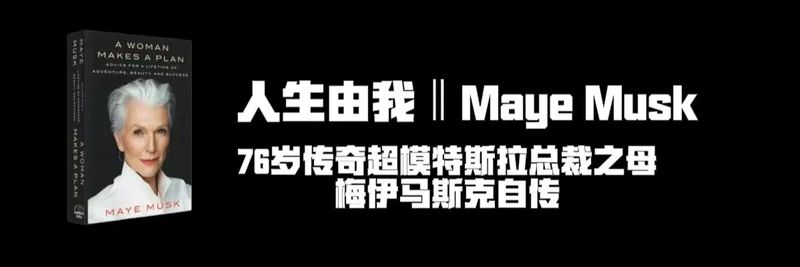In the fast-paced world of cryptocurrency, stablecoins play a crucial role in providing stability amid volatility. A recent tweet from the "When Shift Happens" podcast host, MR SHIFT, highlights a fascinating discussion on the differences between two prominent stablecoins: fxUSD and USDC. This clip features Cyrille Briere, the builder behind the f(x) Protocol, breaking down why fxUSD represents a shift towards true decentralization.
The Viral Tweet and Podcast Clip
The tweet, posted by @KevinWSHPod, poses a simple yet profound question: "What is the difference between USDC and fxUSD?" The accompanying video clip from the "DROPS" podcast captures Briere's explanation in a conversational setting. He boils it down to this: with USDC, you're trusting a company, while with fxUSD, you're trusting the code.
In the clip, Briere elaborates that fxUSD eliminates the need to trust any single entity to hold the backing assets. Instead, everything happens on-chain, meaning all transactions and reserves are transparent and verifiable on the blockchain. The code powering fxUSD has undergone massive audits, ensuring its reliability. Users can monitor the protocol themselves or use third-party services for oversight, fostering a trustless environment.
This resonates deeply in the crypto community, where trust issues have plagued centralized entities in the past. The tweet has garnered significant engagement, with likes, reposts, and replies discussing the implications of decentralized stablecoins.
Breaking Down fxUSD and USDC
To understand the hype, let's clarify what these stablecoins are. Stablecoins are cryptocurrencies designed to maintain a stable value, typically pegged to the US dollar at a 1:1 ratio.
USDC, or USD Coin, is issued by Circle, a fintech company. It's backed by actual US dollars and short-term US Treasuries held in regulated financial institutions. This centralized model relies on Circle's transparency reports and audits to assure users that the reserves match the circulating supply. While reliable, it introduces counterparty risk—if something goes wrong with Circle or its custodians, users could face issues, as seen in past depegging events during market stress.
On the other hand, fxUSD is a decentralized stablecoin from the f(x) Protocol, built by AladdinDAO. Unlike USDC, fxUSD is overcollateralized with crypto assets like staked ETH (stETH) or wrapped BTC (WBTC). Users mint fxUSD by depositing collateral into the protocol, which operates through smart contracts on Ethereum. This means no central custodian holds the assets; the blockchain itself manages everything.
According to resources like Coinstancy's dossier on stablecoins, fxUSD aims to provide high and sustainable yields derived from staking rewards, making it attractive for DeFi users. The protocol uses multiple liquidity pools for stability, interacting with assets like USDC/USDT for ETH-based collaterals.
Why Trusting Code Matters
Briere's key point in the podcast is the elimination of trust in humans or companies. In traditional finance and even some crypto setups like USDC, you depend on an issuer's integrity. But with fxUSD, the "trust the code" mantra shines through. The smart contracts are open-source, audited by reputable firms, and all operations are on-chain, allowing anyone to verify the reserves in real-time.
This decentralization reduces risks like bank runs or regulatory interventions that could freeze assets. For instance, during the 2023 banking crisis, USDC briefly depegged due to concerns over its reserves in Silicon Valley Bank. In contrast, decentralized stablecoins like fxUSD leverage the immutability of blockchain to maintain peg stability through algorithmic mechanisms and overcollateralization.
Moreover, as explained in MixBytes' overview, f(x) Protocol 2.0 enhances this with liquidation-protected leverage, minimizing funding costs and providing stress-free trading opportunities.
Relevance to Meme Tokens and Blockchain Enthusiasts
At Meme Insider, we focus on meme tokens, which often thrive in volatile environments but benefit from stable liquidity sources. fxUSD could be a game-changer here. Meme token traders can use it for yield farming or as a stable base in DeFi protocols without worrying about centralized points of failure. Imagine pairing fxUSD with meme token liquidity pools on DEXes— it offers a way to earn real yields while holding stable value.
For blockchain practitioners, this discussion underscores the evolution towards trustless systems. Learning about protocols like f(x) helps in building more resilient dApps. If you're diving into DeFi, start by exploring the f(x) Protocol docs to see how you can mint fxUSD or provide liquidity.
Final Thoughts
The tweet and podcast clip from Cyrille Briere encapsulate a broader shift in crypto: from centralized trust to code-based assurance. While USDC remains a staple for its liquidity and integrations, fxUSD exemplifies how innovation in DeFi is pushing boundaries. As the space matures, expect more users to gravitate towards decentralized options for their transparency and reduced risks. Keep an eye on f(x) Protocol—it might just redefine how we think about stablecoins.




